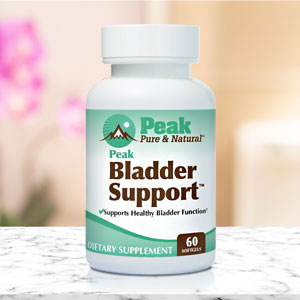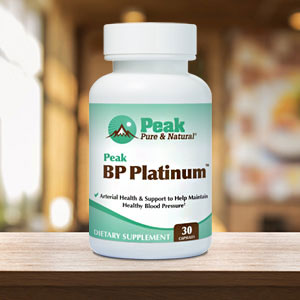Get Easy Health Digest™ in your inbox and don’t miss a thing when you subscribe today. Plus, get the free bonus report, Mother Nature’s Tips, Tricks and Remedies for Cholesterol, Blood Pressure & Blood Sugar as my way of saying welcome to the community!
The omega fatty acid solution for that itchy feminine infection

The itching and pain of bacterial vaginosis (BV) is something I wouldn’t wish on my worst enemy.
And no, it’s not caused by poor hygiene. It’s a common vaginal infection caused by an imbalance of bacteria in the vaginal microbiome.
More than half of women worldwide will experience the uncomfortable condition at some time in their life. Simply spending time in a hot tub, swimming pool or douching can upset the vagina’s natural chemistry — and therein lies the trouble…
Antibiotics are the most common course of treatment for bacterial vaginosis, but the infection commonly returns even after treatment, partly because they can upset the vagina’s balance of good bacteria.
Now a Harvard scientist has stumbled upon a natural substance we all carry in our bodies that could prevent these repeat infections.
An accidental discovery
While trying to find ways to encourage the growth of a beneficial species of bacteria, MIT professor, Dr. Meilin Zhu, stumbled upon a discovery that would make all the difference.
She and other scientists from Harvard, MIT and Massachusetts General Hospital have found that oleic acid, one of the most abundant fatty acids in the human body, could be the answer to restoring a healthy balance of vaginal microbes.
You’re probably very familiar with the omega-3 fatty acids and maybe even the omega-6s. But oleic acid is an omega-9.
The human female genital tract is naturally populated by various bacterial species in the Lactobacillus genus. Antibiotics encourage the growth of the species Lactobacillus iners, which encourages BV recurrence.
It seems that oleic acid, a major component of our cell membranes, inhibits the growth of L. iners while at the same time encouraging the growth of L. csrispatus, a strain of lactobacillus that promotes the balance of bacteria needed to prevent vaginal infections.
In other words, oleic acid could one day be part of a treatment that prevents bacterial vaginosis.
“We believe there is exciting potential to translate these findings to durably alter the vaginal microbiome to improve BV treatment and reduce adverse health outcomes for women globally,” says Dr. Douglas Kwon, co-senior author of the study.
Getting oleic acid from your diet
While this research is still ongoing, there’s no harm in adding foods to your diet that are rich in oleic acid.
In fact, oleic acid foods are among some of the healthiest, known for supporting heart and brain health and guarding against insulin resistance
Foods with oleic acid aren’t hard to find either…
The easiest way to get some is to grab a bottle of olive oil when you’re cooking or dressing a salad. And always go for extra-virgin olive oil, which has the highest content of oleic acid and other omega-9 fatty acids.
Other foods that will add oleic acid to your diet include:
- avocados (and avocado oil)
- nuts
- sunflower seeds
- eggs
- olives
- chicken
- cheese
Eating oleic acid-rich foods every day will certainly promote head-to-toe health and may help restore the bacterial balance you need to avoid vaginosis at the same time.
Editor’s Note: You’re invited to join a tiny handful of Americans who enjoy rare, fresh-pressed olive oil all year long. Take my word for it, there’s a difference in taste, quality and benefit! Click here to learn more…
Sources:
A common fatty acid may help restore healthy vaginal bacteria after infection — Eureka Alert
How is bacterial vaginosis different from a yeast infection? — Medical News Today
Nut consumption, serum fatty acid profile and estimated coronary heart disease risk in type 2 diabetes — Nutrition, Metabolism and Cardiovascular Diseases














